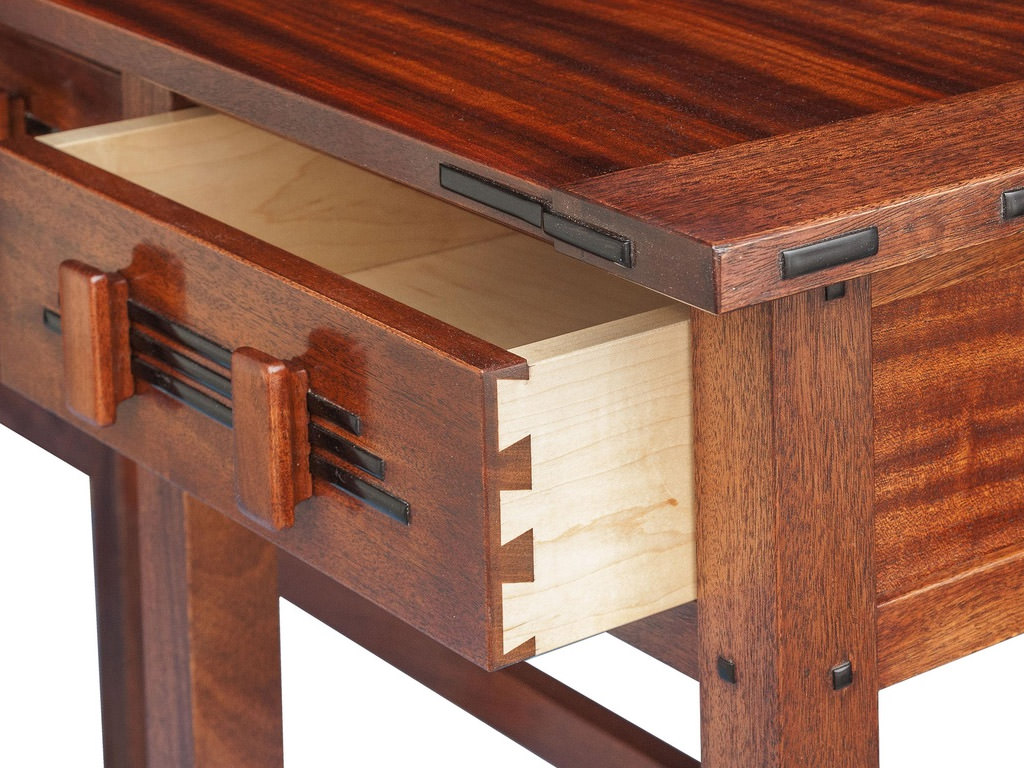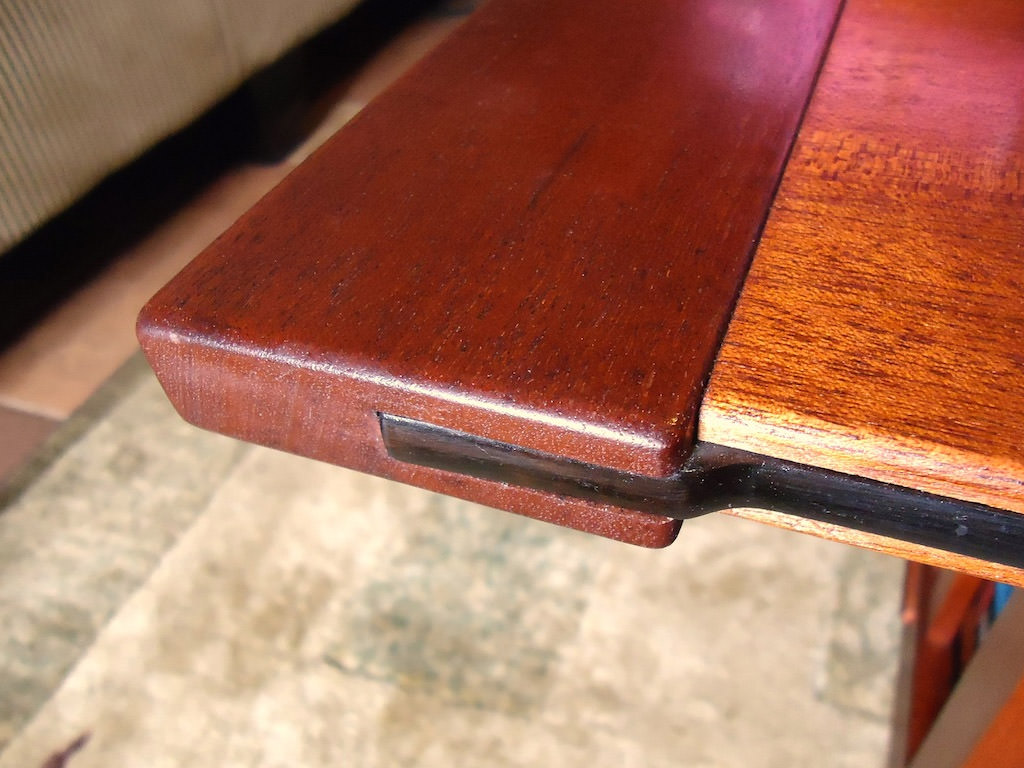Hi. After about of advice please. I am reasonably new to woodworking and as a "simple" project am in the process of making a table similar to the attached image. The table top will be old oak edge glued with no breadboards or apron ( not yet decided if I will have cleats ) I have made the legs which are 2 x steel X shapes with a steel cross beam between the 2 X intersections for increased stability. There is also a spreader plate at the top of the X of 6mm steel x 80 cm. my question is I am thinking of securing the 6mm x 80 cm spreader plate to the underside of the table by inserting threaded nuts into the underside of the table then bolting through the plate as I thought this would be longer lasting than just putting screws straight into the wood, I'm just wondering if this may cause issues with expansion etc? The table top I have made is is old oak so I'm hoping will not have too much movement in it but just wondering if an expert can see an issue with this method of attaching? Thanks in advance
You are using an out of date browser. It may not display this or other websites correctly.
You should upgrade or use an alternative browser.
You should upgrade or use an alternative browser.
Attach steel legs to table top
- Thread starter Wayno
- Start date

Help Support UKworkshop.co.uk:
This site may earn a commission from merchant affiliate
links, including eBay, Amazon, and others.
thetyreman
Established Member
not having breadboard ends is a bad idea
I’d say 3 bolts through the steel spreader plate - one round hole in the centre then two elongated holes either side would allow your top to expand/contract across its width. I think having a 6mm plate bolted to the top eliminates any need for cleats or breadboards.
The only thing I’d say is that in the picture it looks as though the grain is orientated perpendicular to the long axis of the table (although it's quite blurry so I might be wrong). If that is the case I definitely wouldn’t copy it like that - with no aprons beneath the top it could break if somebody stood on it or something, and any movement issues you do have will be much worse if the long dimension was perpendicular to the grain.
The only thing I’d say is that in the picture it looks as though the grain is orientated perpendicular to the long axis of the table (although it's quite blurry so I might be wrong). If that is the case I definitely wouldn’t copy it like that - with no aprons beneath the top it could break if somebody stood on it or something, and any movement issues you do have will be much worse if the long dimension was perpendicular to the grain.
Sheffield Tony
Ghost of the disenchanted
One other thing to watch out for is the reaction of oak and steel in contact - the tannin and iron react to turn the wood black, and corrode the iron. The contact if the wood and steel on the underneath may not matter, but you might be best using stainless screws and fittings.

£238.91
£360.17
Trend Portable Benchtop Router Table with Robust Construction for Workshop & Site Use, 240V, CRT/MK3
Amazon.co.uk

£12.50 (£1,250.00 / kg)
£14.45 (£1,445.00 / kg)
JSP M632 FFP3moulded Disposable Dustmask (Box of 10) One Size suitable for Construction, DIY, Industrial, Sanding, dust protection 99 Percent particle filtration Conforms and Complies to EN 149
Amazon.co.uk

£17.99 (£1.80 / count)
£27.44 (£2.74 / count)
3M 8822 Disposable-fine dust mask FFP2 (10-pack)
Amazon.co.uk

£24.99
Facemoon Reusable Masks,Safety Masks,Dual Filter Masks, Paint, Dust, Epoxy Resin, Construction, Welding, Sanding, Woodworking, Chemical Reusable Gas Masks
ShenZHEN CIRY MINGYANG LITIAN ELECTRONIC ECOMMERCE
All wood expands and contracts, it doesn't matter its age, so it's best not to assume the best-case scenario so you can err on the side of caution.Wayno":27y4o90h said:The table top I have made is is old oak so I'm hoping will not have too much movement in it
Regardless of whether you screw directly into the wood (which is fine by the way) or use threaded inserts all you really need to ensure is that you have oversized holes for the screws to go through. They can be drilled larger or, better, elongated to make them into short slots (in line with the movement, i.e. across the grain).
Why's that? Most tables don't have them and these legs seem more than capable of holding the top flat :wink:thetyreman":27y4o90h said:not having breadboard ends is a bad idea
What are now commonly referred to as breadboard ends are by no means the only way to help hold a top flat and they're not the best option either. Personally I don't like to see them on wider tables because it seems there's always a step and I hate that.
ED65":2o62zqre said:What are now commonly referred to as breadboard ends are by no means the only way to help hold a top flat and they're not the best option either. Personally I don't like to see them on wider tables because it seems there's always a step and I hate that.
I tend to agree, but for argument's sake is there a way of hiding the defect in plain sight? I.e. turn the step into some kind of deliberate visual feature? Not that I'm advocating it here, just thinking out loud
Yes, that's exactly what some do. Green & Green style is the only one I could find pics of:DTR":3qkzhfjv said:I tend to agree, but for argument's sake is there a way of hiding the defect in plain sight? I.e. turn the step into some kind of deliberate visual feature? Not that I'm advocating it here, just thinking out loud


thetyreman
Established Member
what will the final size of the table top be? and how will you orientate the grain? from the picture I was presuming it's a massive very wide and very long table, hence the breadboard end suggestion.
Similar threads
- Replies
- 6
- Views
- 1K
- Replies
- 8
- Views
- 861





























